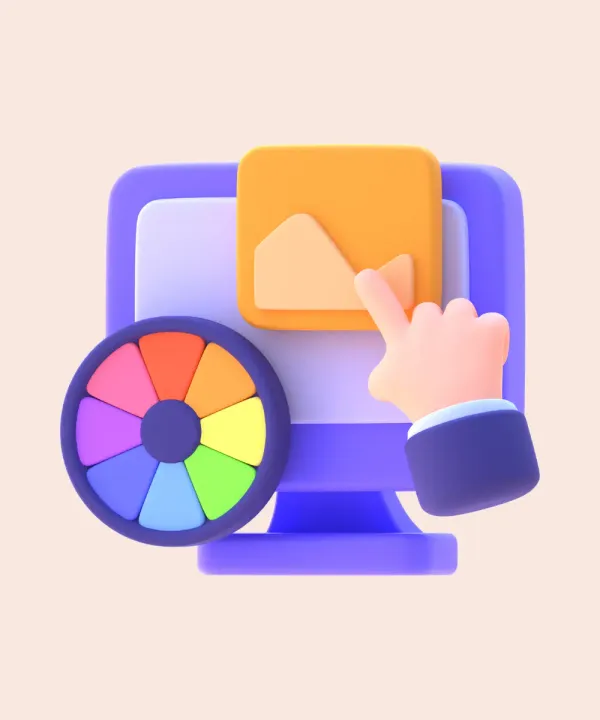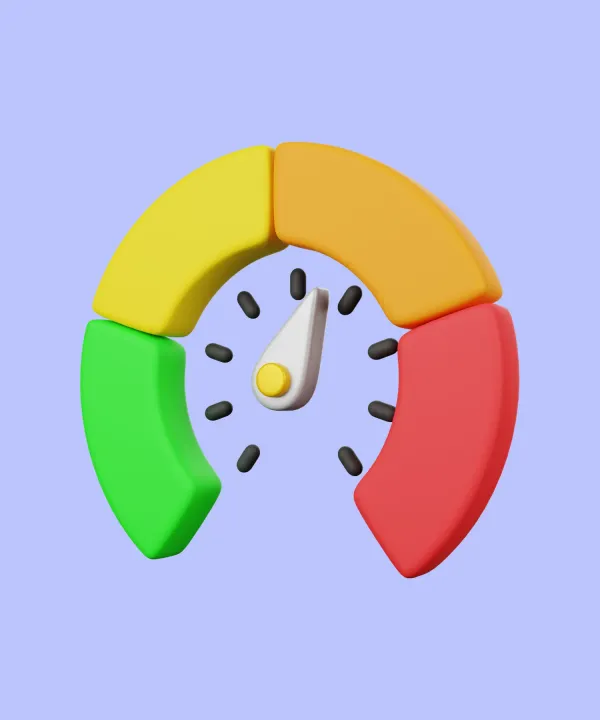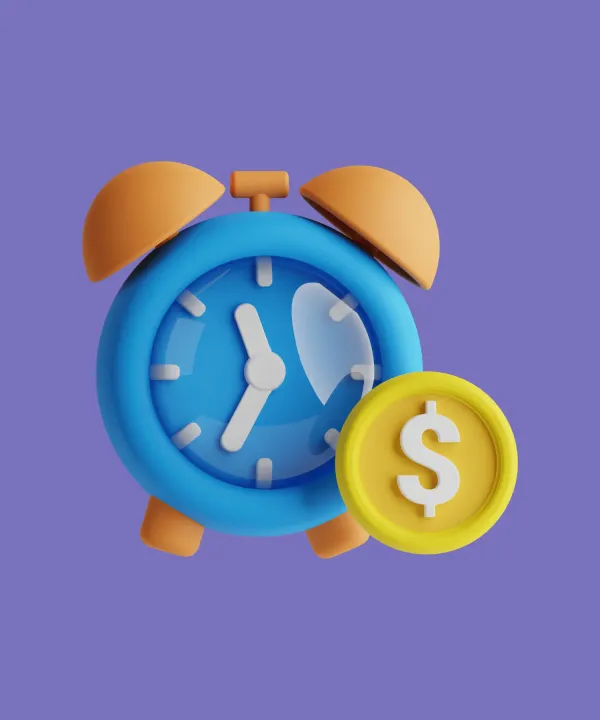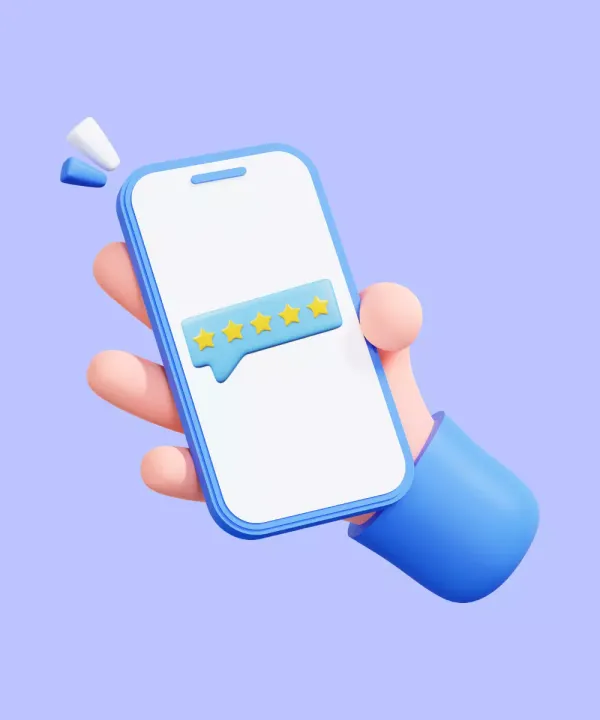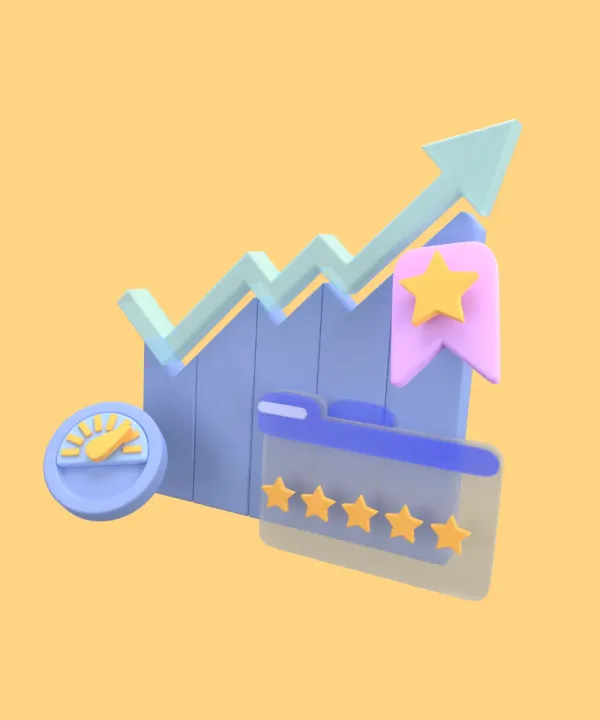The global app ecosystem is thriving, filled with opportunities and challenges for startups and entrepreneurs. The process of creating an app involves intricate steps – from ideation to development, and finally to deployment. But the task doesn't end there. One crucial aspect that often gets sidelined in this process, but is of immense importance to the sustainability and growth of the app, is monetization.
Monetization is the engine that fuels an app's success, translating great ideas into profitable ventures. The advent of Flutter, Google's UI toolkit for crafting natively compiled applications, has simplified the app development process significantly. Still, it has also broadened the horizons of app monetization by offering numerous innovative ways to generate revenue. This detailed guide will provide you with deep insights into some of the most effective mobile app monetization strategies for startups and entrepreneurs.
Understanding App Monetization
App monetization is more than just making money from your app; it's about leveraging your app's user base to generate revenue. This monetization can be achieved through several methods, like in-app advertisements, premium feature access, partnerships, or even data monetization.
However, the best app monetization strategy requires a delicate balance. It is about maximizing revenue without adversely affecting the user experience. This equilibrium is essential because an aggressive monetization strategy could drive users away, while an overly subtle approach may not generate enough revenue.
Flutter and App Monetization
Flutter has been a disruptive force in the app development world. Created by Google, Flutter is an open-source UI software development kit that allows developers to build aesthetically pleasing, high-performance applications for mobile, web, and desktop from a single codebase. This cross-platform development tool significantly reduces the time, effort, and cost of creating apps for multiple platforms.
For startups and entrepreneurs, the budget is often a constraint. With Flutter, they can save on development costs without compromising the app's quality or performance. This saved capital can be utilized in marketing or user acquisition, offering a competitive edge in the app market.
Best App Monetization Strategies

Now that you understand Flutter's potential, let's delve into effective monetization strategies for your Flutter app. Here are seven strategies that have proven effective for app monetization.
1. In-app Advertising
In-app advertising is one of the most common ways to monetize a free app. It involves hosting third-party ads within your app, which could be in various forms such as banners, interstitials, videos, or native ads. These ads can either be displayed constantly or at specific intervals, depending on the nature of your app and user behavior.
Advantages of in-app advertising
In-app ads can generate consistent revenue, especially for free apps. They can be a great starting point for startups and entrepreneurs as they are easy to implement and manage. In-app advertising offers a win-win situation where you get paid by advertisers for displaying their ads, and users get to use your app for free.
Additionally, with Flutter’s support for Firebase, you can easily integrate Google's AdMob, a leading mobile advertising platform, into your app. AdMob not only enables you to monetize your app through in-app advertising but also provides powerful tools for smart insights and easy management.
2. In-app Purchases

In-app purchases are a direct way of generating revenue from your app. They allow users to buy additional features, content, or services within the app. These could include consumable items like game points, non-consumable items like ad removal or premium features, or even auto-renewable subscriptions.
Benefits of in-app purchases
In-app purchases can significantly enhance user engagement and satisfaction. They give users the flexibility to spend based on their needs and preferences. For example, a user who frequently uses your app might not mind paying to remove ads for a better experience. Similarly, an avid gamer might be willing to pay for additional game points to progress faster.
With Flutter, integrating in-app purchases into your app is a breeze. Flutter provides a range of plugins that enable a smooth and secure in-app purchase experience. This flexibility and ease of integration can significantly reduce development time and costs.
3. Freemium Model
The freemium model is a unique blend of "free" and "premium" models. It offers users free access to the basic functionalities of your app, while premium features or content are locked behind a paywall. Users can get a taste of your app for free and can then choose to pay for enhanced features or content.
The effectiveness of the freemium model
The freemium model allows users to try your app without any cost, which can greatly increase the initial user adoption rate. Once users realize the value your app provides, they might be inclined to pay for the premium features. This strategy offers users a clear choice, and those who choose to pay are usually those who have recognized the value in your app.
Flutter's ability to write once and run anywhere ensures that the premium version of your app can be offered across different platforms with ease. This broadens the potential user base that can access and pay for your premium features.
4. Subscription Model

In the subscription model, users pay a recurring fee to access your app's content or services. This fee could be weekly, monthly, or yearly. The subscription model is a common monetization strategy for content-rich apps such as news apps, video streaming apps, or music apps.
The value proposition of the subscription model
The subscription model can generate a consistent and predictable revenue stream, making it an attractive monetization strategy. It ensures that you earn recurring revenue from your subscribers for a specified period, which can help with budgeting and forecasting. Moreover, it incentivizes subscribers to use your app more frequently to justify the ongoing cost.
Flutter's rich ecosystem provides several plugins that support the seamless integration of the subscription model into your app. This ensures a smooth user experience and secure payment transactions, enhancing user trust and retention.
5. Paid Apps
The paid apps model is quite straightforward. Users pay a one-time fee upfront to download your app from the app store. This is one of the most direct ways of monetizing your app, as your revenue is directly proportional to the number of app downloads.
The potential of paid apps
The paid apps model can be challenging, especially for new entrants in the market, as it requires users to pay before they can experience your app. However, if your app offers exceptional value or unique features that are not available in free or freemium apps, users might be willing to pay for it. The key to success in this model lies in the unique value proposition of your app and effective marketing.
Thanks to Flutter's ability to create high-quality, high-performing apps, the possibility of creating an app worthy of being a paid app is definitely within reach. Moreover, the cross-platform nature of Flutter ensures that your paid app is available to a wider audience, thus increasing the potential for revenue.
6. Sponsorships and Partnerships

In the sponsorship model, you partner with other brands or businesses that wish to reach your user base. This can involve hosting sponsored content, creating co-branded experiences, or integrating their services into your app. The specifics of the partnership can be tailored based on mutual interests and goals.
Capitalizing on sponsorships and partnerships
Sponsorships and partnerships can provide a significant boost to your app's revenue, especially if you have a large and engaged user base. These collaborations can also enhance the value your app provides to its users, making it a win-win situation for all parties involved.
Flutter's flexible and adaptable framework makes it easy to integrate sponsored features or services into your app. This ensures a seamless user experience, which can further enhance user satisfaction and engagement.
7. Data Monetization
Data monetization involves collecting, analyzing, and selling user data to interested parties. This could include insights into user behavior, preferences, and trends. However, it's of utmost importance to comply with all data privacy laws and regulations when pursuing this strategy.
Realizing the value of data monetization
With the growth of big data and analytics, data monetization has emerged as a lucrative app monetization strategy. If your app collects a significant amount of user data and you have the means to analyze and extract valuable insights from it, you can sell these insights to businesses interested in this data.
However, remember that transparency is critical in data monetization. Always inform your users if you plan to collect and monetize their data and give them an option to opt out if they wish. With Flutter's focus on security and its ability to integrate with powerful data processing tools, you can ensure that your app's data monetization process is secure and efficient.
Choosing the Right Monetization Strategy
Now that you're aware of the various monetization strategies, the question arises - which one should you choose? The answer isn't straightforward. The right monetization strategy for your Flutter app depends on multiple factors including the nature of your app, your target audience, your business goals, and market trends.
It's important to remember that app monetization isn't a one-time task, but a continuous process that requires regular monitoring and optimization. Keep a close eye on your app's performance metrics, user feedback, and latest market trends. Don't hesitate to test different strategies or make changes to your existing strategy if required.
Conclusion
Developing a successful Flutter app is just the first step in your journey. Monetizing it effectively is the key to sustained success. With the right strategy, you can convert your Flutter app from a cost center to a profit center.
Whether you choose in-app advertising, in-app purchases, the freemium model, the subscription model, paid apps, sponsorships and partnerships, or data monetization, each strategy has its own potential and challenges.
It's a process of continuous learning and refining. Keep your users at the center of your strategy, offer them value, and they'll help transform your dream app into a profitable venture. Remember, the success of your app isn't just about the technology behind it, but the value it provides and how effectively it's monetized.




